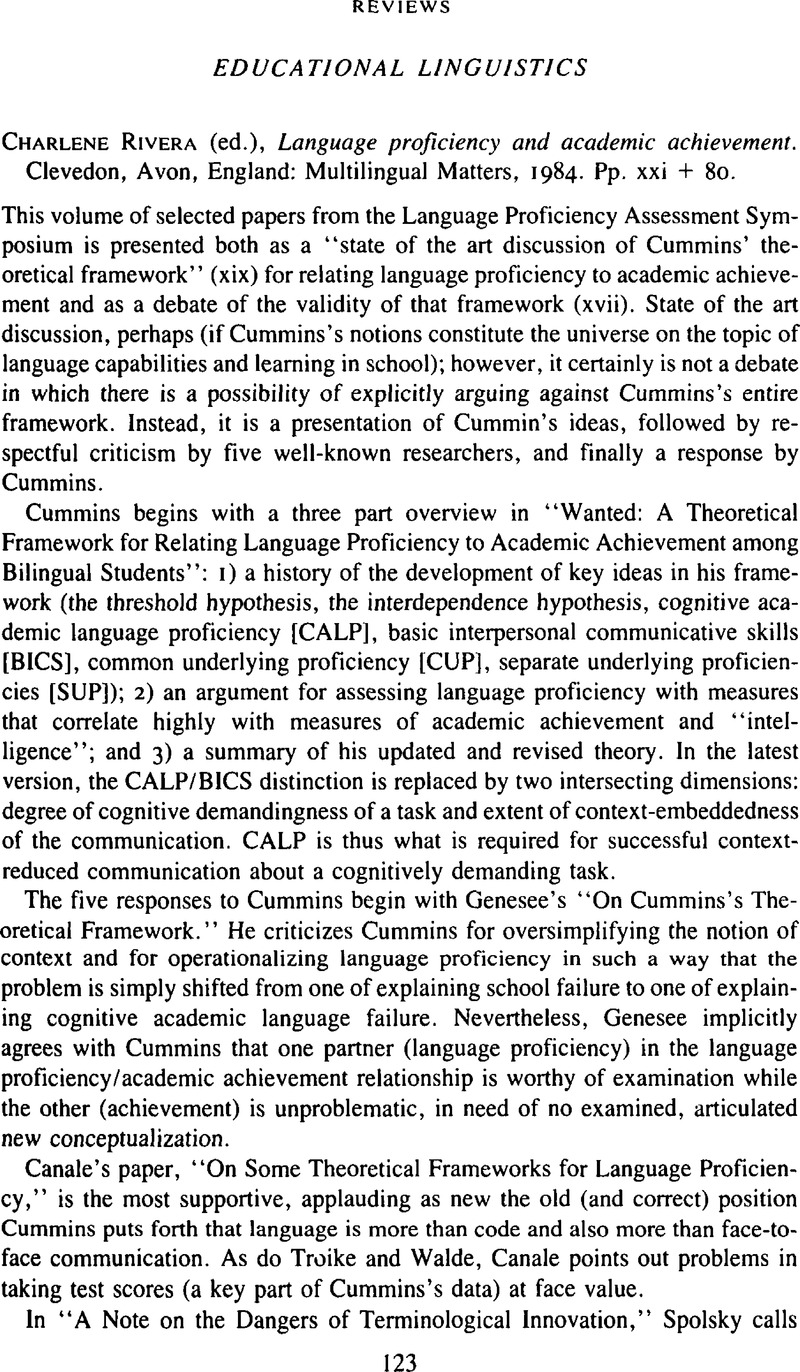Crossref Citations
This article has been cited by the following publications. This list is generated based on data provided by Crossref.
Lantolf, James P.
and
Frawley, William
1988.
Proficiency.
Studies in Second Language Acquisition,
Vol. 10,
Issue. 2,
p.
181.





